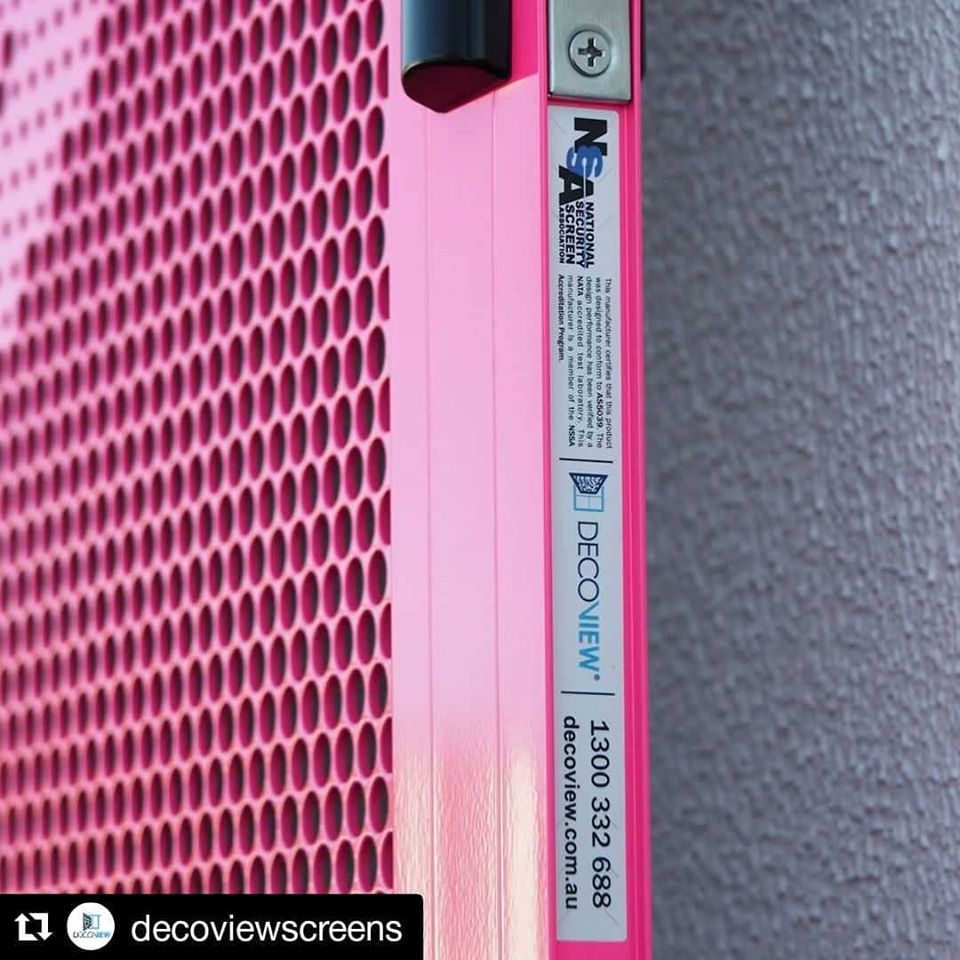AS 5039: Security Screen Doors and Window Grilles
Australian Standard AS 5039 was developed by a committee of experts from the broader fenestration industry including the Australian Window Association, now the Australian Glass and Window Association (AGWA), Master Builders Australia, Master Locksmiths Association of Australasia and the National Security Screen Association.
AS 5039 was developed to determine requirements, materials and performance under strength testing, providing both the security screen industry and consumers with specifications in order to meet compliance for security screening products.
AS 5039 specifies the minimum requirements for the performance of ALL types of hinged and sliding security screen doors and hinged, sliding, removable and fixed security window grilles used primarily in residential situations.
The Standard is concerned mainly with resistance to forced entry and does not address the important issues relating to egress in the case of emergency. The Standard covers movable and removable security window grilles that can be used in such instances.
AS 5039 is intended for use by regulatory authorities and all persons concerned with the manufacture, installation and general requirements of security screen doors or window grilles and gives protection to consumers.
For products to conform to this Standard, they must be tested by an accredited laboratory in accordance with the following Australian Standards, AS 5041 and AS 5040.

Look for the AS 5039 Compliance Label. If it's labelled, it's compliant.